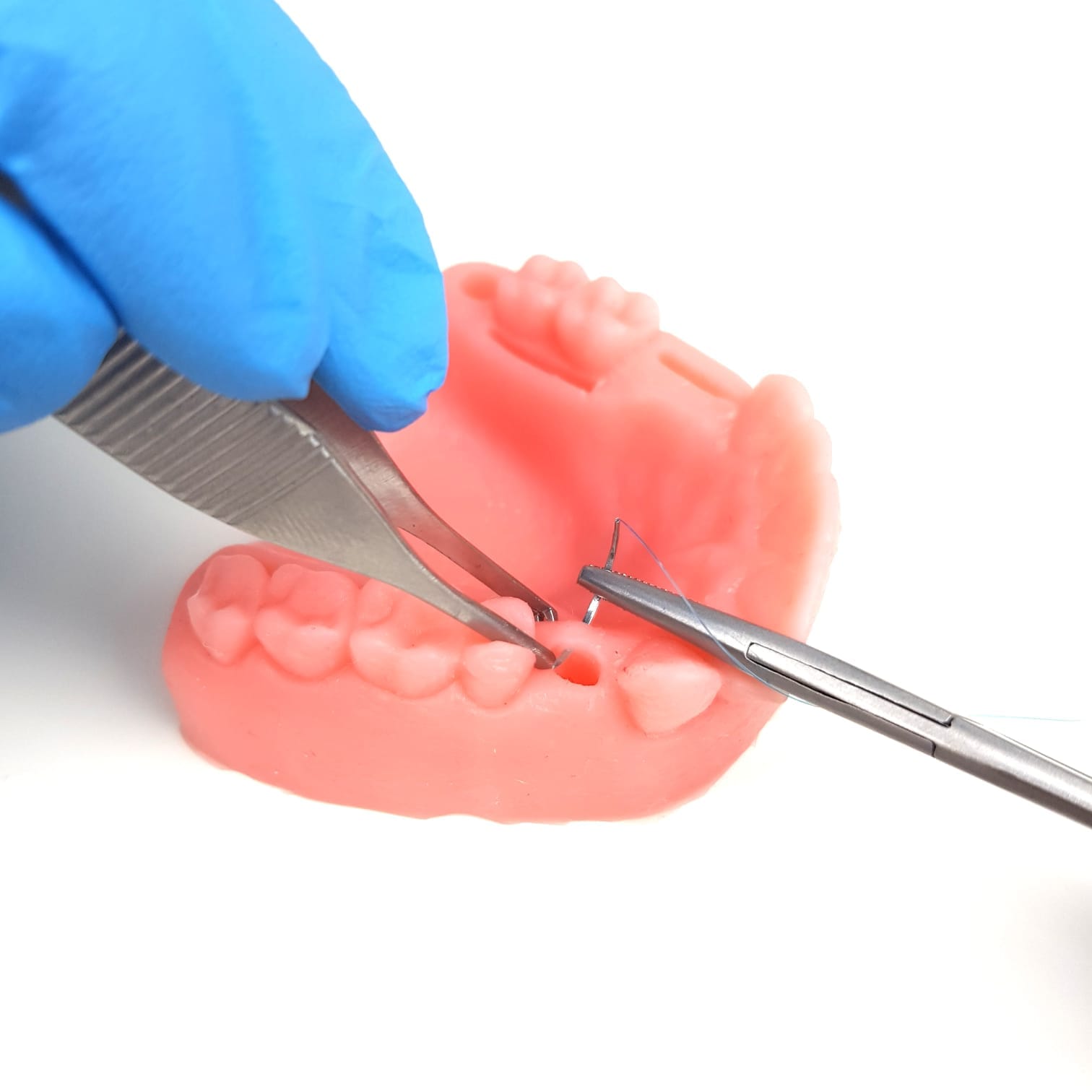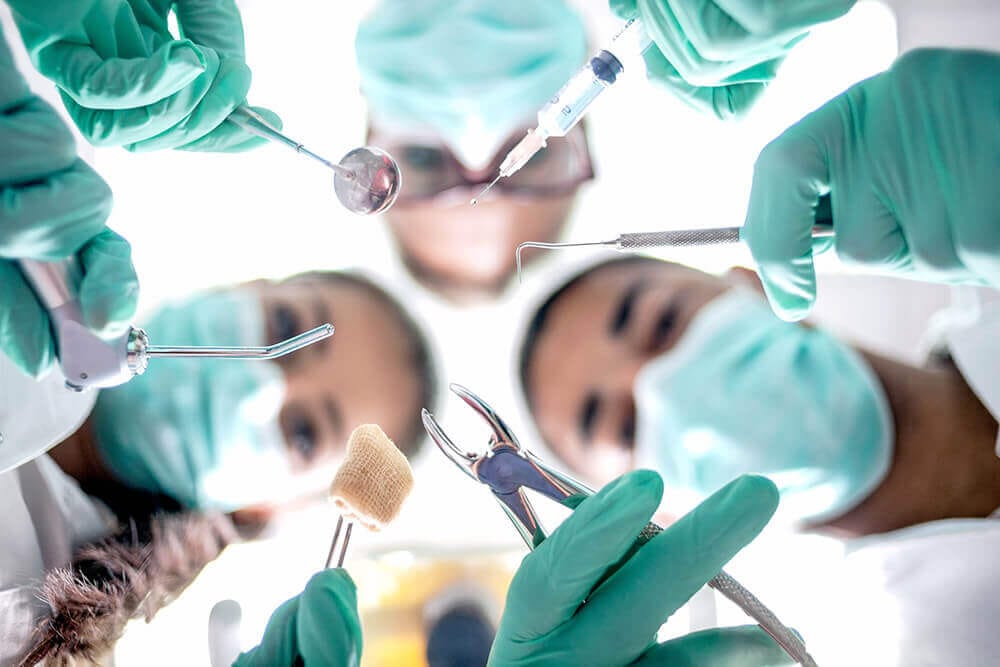Imagine this: you’re at the nail salon, admiring your freshly painted gel manicure. As you slide your hands under the curing lamp, a thought crosses your mind—Is this light safe for my skin? Could it affect my oral health? If you’ve ever pondered the safety of LED and UV nail lamps used for gel manicures, you’re not alone. As dental professionals, we recognize the importance of overall health and how seemingly unrelated habits can impact your oral wellbeing. In this comprehensive guide, we’ll delve into the key differences between LED and UV nail lamps for safe gel manicures while considering potential implications for your oral health.
Understanding LED and UV Nail Lamps: The Basics
Before we explore the specifics, let’s clarify what LED and UV nail lamps are:
UV Nail Lamps
- Function: Emit ultraviolet light similar to natural sunlight but at a much lower intensity.
- Usage: Widely used in nail salons for decades to cure gel polishes and acrylic nails.
LED Nail Lamps
- Function: Utilize Light Emitting Diode (LED) technology to produce light that also cures gel polishes.
- Popularity: Gaining traction due to their efficiency and perceived safety benefits.
Now that we’ve set the stage, let’s examine the key differences between LED and UV nail lamps for safe gel manicures.
LED vs UV Nail Lamps: Key Differences
1. Light Spectrum and Curing Process
- UV Lamps: Emit a broad spectrum of ultraviolet light (primarily UVA) with a wavelength range of 300-400 nanometers. They can cure all types of gel polishes.
- LED Lamps: Produce a narrower spectrum of light with a wavelength range of 375-410 nanometers. They may not cure all gel polishes, so checking compatibility is essential.
2. Curing Speed and Efficiency
- UV Lamps: Typically require 2-3 minutes to cure each layer of gel polish, leading to longer exposure times.
- LED Lamps: Cure gel polish in just 30-60 seconds per layer, significantly reducing exposure time.
3. Bulb Lifespan and Maintenance
- UV Lamps: Bulbs need replacement every 6-8 months with regular use, resulting in higher ongoing maintenance costs.
- LED Lamps: Bulbs can last up to 50,000 hours (several years), leading to lower long-term maintenance costs.
4. Energy Efficiency
- UV Lamps: Less energy-efficient and generate more heat during use.
- LED Lamps: More energy-efficient and produce less heat, reducing the risk of heat-related discomfort.
5. Initial Cost
- UV Lamps: Generally less expensive upfront, making them a lower initial investment for salons and at-home users.
- LED Lamps: Higher initial cost but may be more cost-effective in the long run due to energy efficiency and bulb longevity.
Safety Considerations: UV vs LED Nail Lamps
As dental professionals, we are particularly concerned with how beauty treatments might impact overall health. Here’s what you need to know about the safety of UV and LED nail lamps:
UV Exposure and Skin Health
Both UV and LED lamps emit some level of UV radiation, primarily UVA rays. However, exposure levels differ:
- UV Lamps: Emit higher levels of UV radiation, posing a potential risk for increased skin damage with frequent use.
- LED Lamps: Emit lower levels of UV radiation and are generally considered safer but are not completely risk-free.
Potential Risks and Precautions
While the risk of skin cancer from nail lamp exposure is low, it’s essential to take precautions:
- Apply broad-spectrum sunscreen to hands before gel manicures.
- Consider wearing UV-protective gloves with fingertips cut off.
- Limit the frequency of gel manicures to reduce cumulative UV exposure.
- Opt for LED lamps when possible for faster curing and potentially lower UV emission.
The Oral Health Connection: Why Nail Care Matters
You might wonder, What does all this have to do with my teeth? Surprisingly, there are several indirect connections between nail care and oral health:
1. Hand-to-Mouth Contact
Frequent manicures may increase hand-to-mouth contact, potentially introducing bacteria into the oral cavity. Maintaining clean, well-groomed nails contributes to better overall hygiene practices.
2. Nail Biting Prevention
Gel manicures can help break the habit of nail biting, which has several negative impacts on oral health:
- Tooth Damage: Chronic nail biting can lead to chipped or cracked teeth.
- Gum Injury: Sharp nail edges can cause cuts or irritation to the gums.
- Bacterial Transfer: Nails harbor bacteria that can be introduced into the mouth.
- Malocclusion: Over time, nail biting can cause teeth to shift out of alignment.
3. Stress Reduction
For many people, getting a manicure serves as stress relief. Reducing stress can indirectly benefit oral health by:
- Decreasing the likelihood of stress-related teeth grinding (bruxism).
- Lowering the risk of stress-induced dry mouth, which can increase cavity risk.
- Improving overall self-care habits, including oral hygiene routines.
Choosing the Right Lamp for Safe Gel Manicures
When selecting between LED and UV nail lamps for safe gel manicures, consider these factors:
- Curing Time: LED lamps offer faster curing times, reducing overall UV exposure.
- Gel Polish Compatibility: Ensure your chosen lamp is compatible with your preferred gel polishes.
- Safety Features: Look for lamps with automatic shut-off timers to prevent overexposure.
- Wavelength: Opt for lamps with higher wavelengths (around 395-405nm), which are generally considered safer.
- Brand Reputation: Choose lamps from reputable manufacturers with safety certifications.
Best Practices for Safe Gel Manicures
To minimize potential risks associated with gel manicures while maintaining good oral health, follow these guidelines:
- Limit the frequency of gel manicures to reduce cumulative UV exposure.
- Apply broad-spectrum sunscreen to hands before treatments.
- Consider using LED lamps when possible for faster curing and potentially lower UV emission.
- Maintain good hand hygiene to prevent bacterial transfer to the mouth.
- Avoid touching your face or mouth immediately after a manicure.
- If you’re prone to nail biting, use gel manicures as a tool to break the habit.
- Stay hydrated and practice good oral hygiene regardless of your manicure routine.
The Future of Safe Gel Manicures
As technology advances, we can expect continued improvements in nail lamp safety. Promising developments include:
- Hybrid LED-UV Lamps: Combining features from both technologies for optimal safety and efficiency.
- Smart Curing Systems: Lamps that adjust curing times and intensity based on specific gel polish needs.
- Enhanced Protective Measures: Improved sunscreens and protective accessories designed specifically for use during gel manicures.
Conclusion: Balancing Beauty and Health
While LED nail lamps offer advantages over UV lamps in terms of efficiency and potentially reduced UV exposure, both can be used safely with proper precautions. As dental professionals committed to your overall wellbeing, we encourage you to make informed decisions about your beauty routines by considering both aesthetic benefits and potential health implications.
Remember—a healthy smile is the best accessory to any manicure! Regular dental check-ups, good oral hygiene practices, and mindful beauty choices all contribute significantly to your overall health and confidence. If you have concerns about how your beauty routines might affect your oral health, don’t hesitate to discuss them during your next dental appointment.
The primary difference lies in their light technology and wavelength emission. LED lamps use light-emitting diodes and offer a narrower range of wavelengths (typically 365nm to 405nm), resulting in faster curing times. UV lamps emit a broader spectrum of light (up to 450nm), often requiring longer curing times. This difference affects not just curing efficiency but also lamp longevity and safety.
Yes, LED nail lamps typically cure gel polish faster than UV lamps. An LED lamp can cure a layer of gel polish in about 30 seconds, while a UV lamp may take up to 2 minutes for the same process. This efficiency makes LED lamps a popular choice in professional salons and for at-home manicures.
LED lamps have a significantly longer lifespan compared to UV lamps. An LED lamp can last for up to 50,000 hours, whereas a UV lamp typically has a bulb life of around 1,000 hours and requires bulb replacements every six months. The longer lifespan of LED lamps translates to lower maintenance costs and greater convenience.
LED lamps are generally considered safer than UV lamps as they emit lower levels of UV radiation. While both types of lamps emit UV rays, the intensity is low and usually considered safe for regular use. However, for individuals concerned about UV exposure, LED lamps are a preferable option.
Most modern gel polishes are formulated to be compatible with LED lamps. However, some older or specific types of gel polishes may require a UV lamp for effective curing. It’s recommended to check the polish manufacturer’s instructions to ensure compatibility with your chosen lamp type.














